Want to get a cat’s attention? A French study led by a cat lover reveals the best way to make that feline interaction happen is a combination of physical and vocal signaling.
The project was conducted by a team from Paris Nanterre University’s Laboratory of Compared Ethology and Cognition and led by Charlotte de Mouzon. Over the past several years, de Mouzon and her teams have conducted various experiments on how felines and humans interact. Her latest effort to better the relationship between people and cats was a four-part experiment to learn how cats preferred to be called by a stranger.
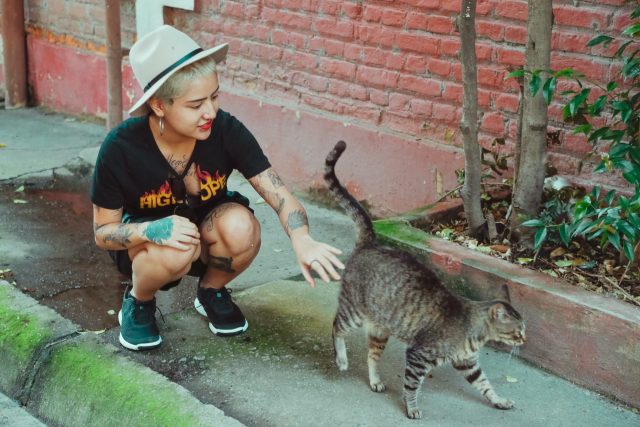
Cat Calling Preferences Revealed
The study’s findings were published in the journal Animals, and in speaking with Gizmodo about the experiment, de Mouzon explained, “When we communicate with them, what is more, important to them? Is it the visual cues or the vocal cues? That was the starting question of our research.”
For the study, de Mouzon interacted with twelve cats at two French cat cafés to see which way they preferred to be called by someone they didn’t know or had just met. To begin, deMouzon spent some time with the kitties. Then, the fun of learning began!
Attempt One: Vocals Only
When the kitties entered, de Mouzon simply called them by name and used other cat-calling sounds to gather their attention.
Attempt Two: Physical Gesture Only
For another attempt, de Mouzon remained silent but offered her hand to invite the kitties over for a scratch. She also tried direct gazes and slow blinks.
RELATED: 7 Ways Your Cat Communicates Without Speaking
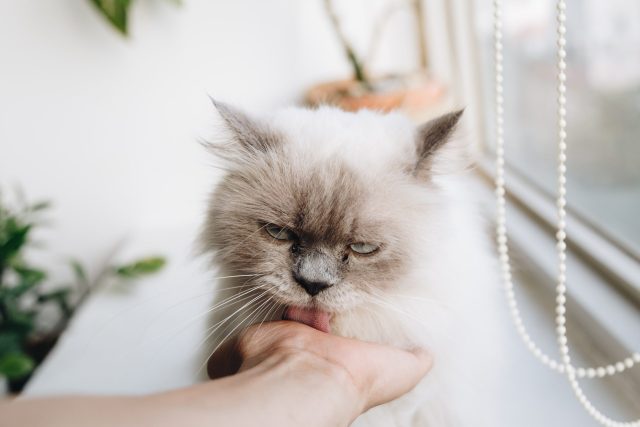
Attempt Three: Both Vocal and Physical Cues
Another go-round had deMouzon offering both hand signals, slow blinking, and calling the cat with cute sounds and their name.
Attempt Four: No Interaction
To set a control, de Mouzan also ignored the cats, offering no greetings and not even looking in their direction.
The Results
Ultimately, the cats responded best to the blend of vocal and physical addresses. And that makes sense because felines seem to love it when we make the biggest fuss possible over their existence! But what surprised de Mouzon and her team was that cats tended to respond better to physical invitations than vocalizing alone. And then, there’s the tail wagging.
Researchers noted that when the cats were ignored entirely, they would wave their tails around far more than when given visual/physical cues. De Mouzon theorizes the tails wagged as a sign of stress because they were feeling unsure of the situation. They had just been doted on, and now they were being ignored. No cues from the human in the room also meant no actions for them to read. And as we know, cats like to be in the know about everything possible!
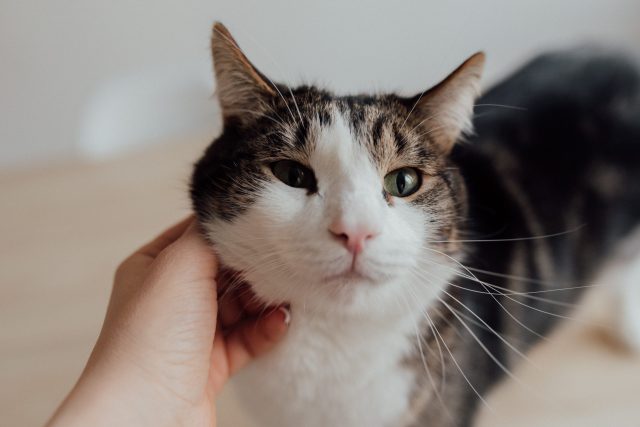
Keep in mind this study was aimed at learning how cats are more likely to respond when strangers or new acquaintances call them. The conversations between cat parents and their kitties are a different thing altogether. De Mouzon explained this study “shows it’s not the same thing.”
“It’s not the same for a cat to communicate with their owner as it is to communicate with an unfamiliar human,” said de Mouzon.
RELATED: 10 Signs To Read Your Cat’s Mood
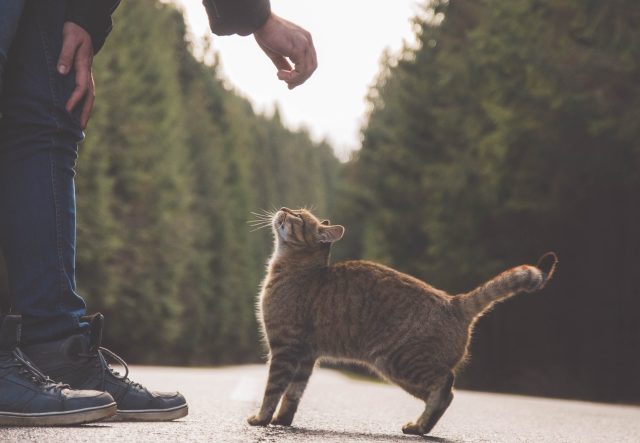
So, try out these different approaches when you meet new cats. But here’s something fun you can try out with your kitty.
As learned from de Mouzon’s study, French people tend to call cats with “a sort of ‘pff pff’ sound” that mimics cutesy kiss sounds. English speakers tend to use ‘pspsps’ to get a cat’s attention. Try the “pff” sound with your cat and see which sound they prefer.
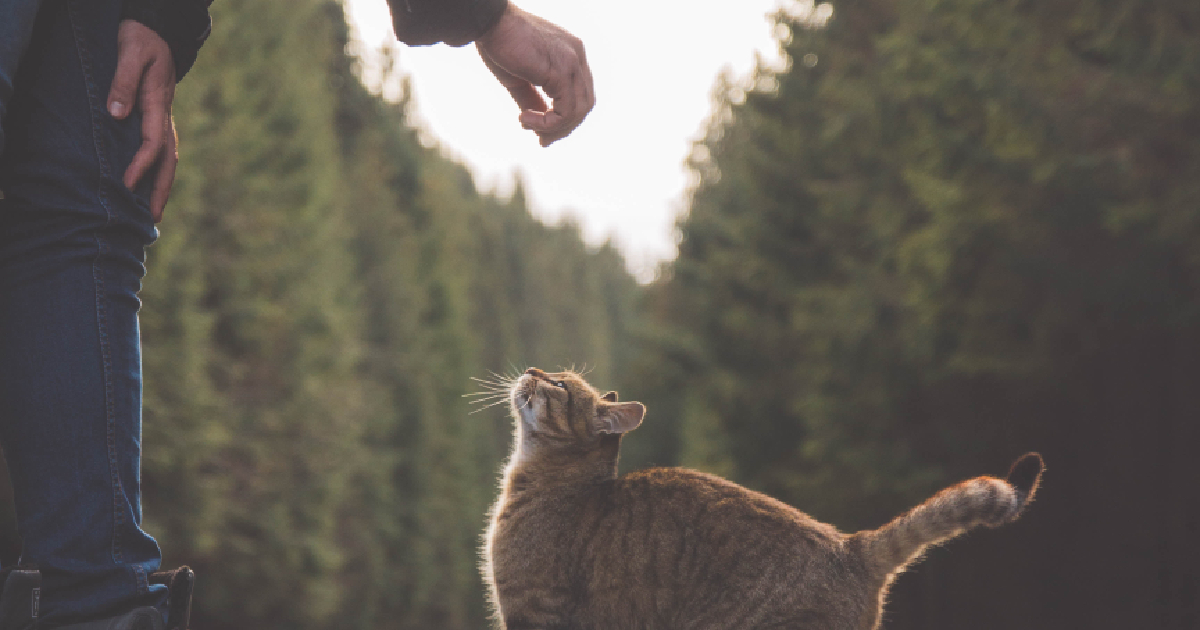
HostGator: HostGator is known for its affordable plans and reliable performance. They offer unlimited storage and bandwidth, a variety of hosting options, and excellent customer support.
DreamHost: DreamHost is a well-established hosting provider, known for its solid uptime and fast-loading websites. They offer a wide range of hosting options, including shared, VPS, and dedicated hosting. http://webward.pw/.